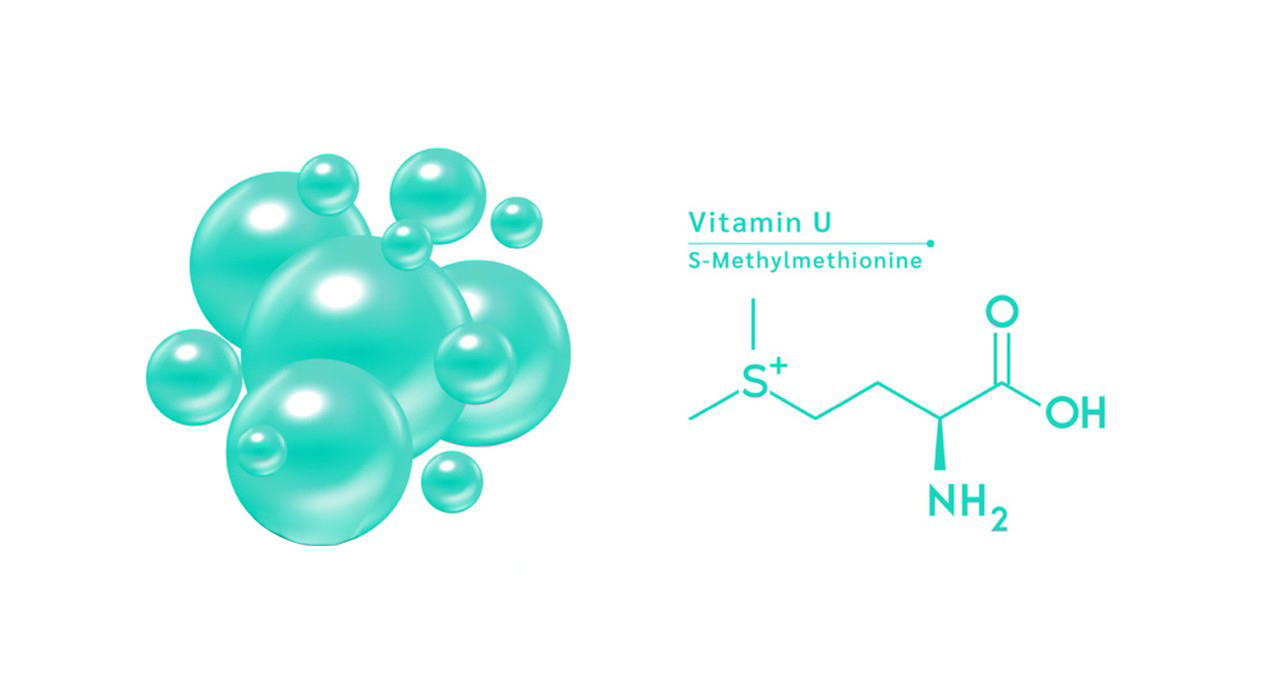Vitamin U is a term used to refer to the compound S-methylmethionine (SMM). It is not a true vitamin in the traditional sense, but it has been historically recognized for its potential role in promoting gastrointestinal health, particularly in healing ulcers.
Chemical Structure of Vitamin U (S-methylmethionine)
The chemical structure of S-methylmethionine consists of a sulfur-containing amino acid derivative. Here’s a simplified description of its structure:
- It is derived from methionine, which is an essential amino acid.
- It contains a methyl group (-CH₃) attached to the sulfur atom in the side chain of the amino acid.
- The structure can be depicted as:
HO-CH₂-CH₂-S-CH₃ (attached to a methionine backbone)

The molecule has a structure based on methionine with the addition of a methyl group at the sulfur atom.
Physical Properties of Vitamin U
- Molecular Formula: C₆H₁₃NOS
- Molecular Weight: 149.24 g/mol
- Appearance: Vitamin U is typically found as a white to off-white crystalline substance.
- Solubility: It is water-soluble.
- Melting Point: The compound’s melting point is approximately 120-125°C.

Functions and Health Effects of Vitamin U
While Vitamin U isn’t considered essential in the traditional sense, it has been associated with:
- Ulcer Healing: It is believed to promote healing of peptic ulcers and other gastrointestinal disturbances, potentially by increasing mucous production and supporting the lining of the stomach.
- Anti-inflammatory Effects: It may help reduce inflammation in the gastrointestinal tract.
Despite its historical use in folk medicine, clinical studies are mixed on its effectiveness, and it is not typically included in modern discussions of essential vitamins.
